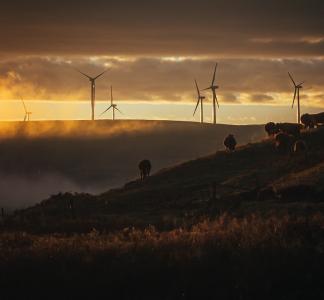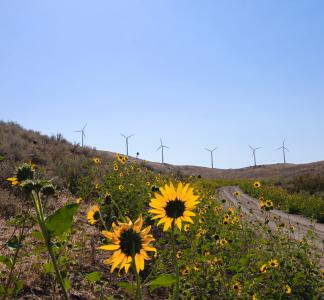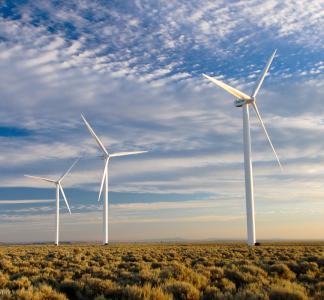6 steps: How to do renewable energy the right way on public lands
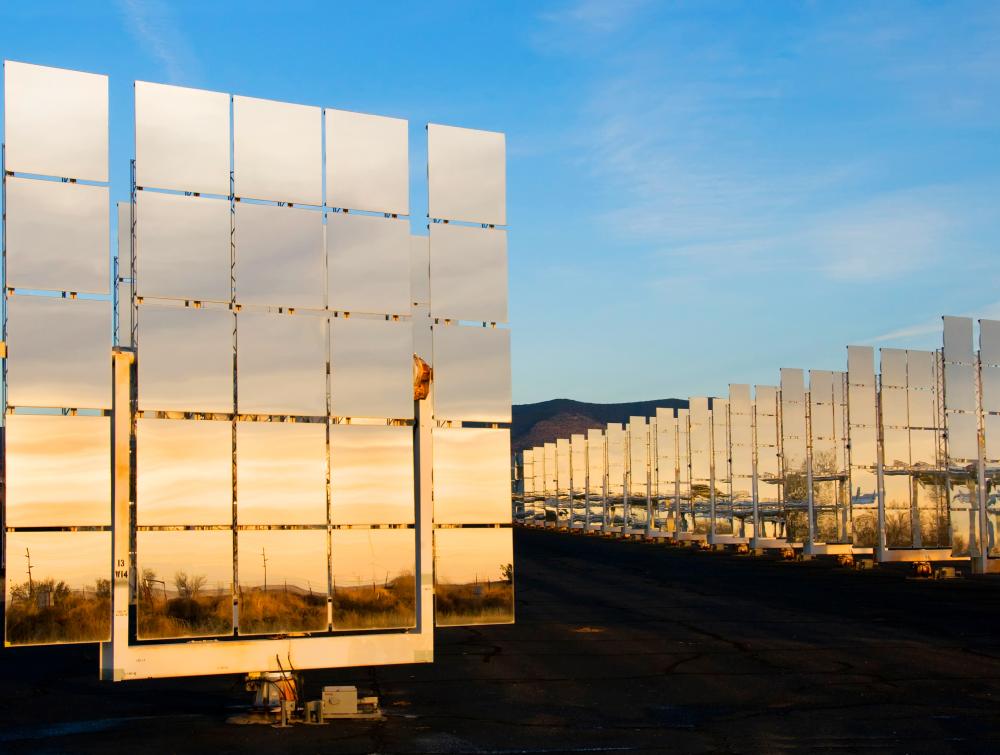
A solar mirror faces the New Mexico sunset at the National Solar Thermal Test Facility (NSTTF) at Sandia Labs.
Randy Montoya
“Smart from the start” approach requires partnership with tribes and communities
We need to swiftly pivot from fossil fuels to a renewable energy economy—for the sake of our climate, the air we breathe and water we drink, and all-around community health.
Transitioning to a better system will mean working at the problem from multiple angles all at once. We’ll need to quickly swap out oil, gas and coal for renewable energy sources, but also engineer more energy- efficient buildings and transportation.
And renewable energy ramp-up will need to be multifaceted, too. Picture both rooftop solar panels and larger-scale energy projects.
Public lands’ potential to launch the renewable energy transition
So where do we build those big projects? That’s where public lands come in. Currently, public lands are dominated by oil, gas and coal development. In fact, the equivalent of about one-quarter of U.S. annual greenhouse gas emissions comes from fossil fuels that were drilled or mined on public lands or waters.
It doesn’t have to be that way. Some of our nation’s best solar, wind and geothermal resources are found on public lands in the West. A more holistic approach to managing these areas can support the renewable energy transition without sacrificing critical wildlife habitat, cultural sites or the recreational values that public lands hold for communities.
The Bureau of Land Management (BLM) manages more public lands than any other agency. If they take a “smart from the start” approach—planning strategically, prioritizing not just rapid development, but how to minimize harm to communities, Tribal Nations and habitat—they can give a major boost to the renewable energy revolution.
Here are 6 steps the BLM can take to support a “smart from the start” approach to renewable energy:
-
Scope out places with great energy
Figure out which public lands look like they have good renewable energy potential—for example, plenty of regular sunshine for generating solar power—then go talk to the people with the local knowledge about those lands, including tribes and other nearby communities. It can’t be a one-time thing, either. There must be continuous dialogue from when the project is first planned. Prioritize comprehensive tribal consultation and input from everyone involved, especially residents and stakeholders traditionally underrepresented in energy and land use decisions, including Black and other people of color.
-
Integrate both scientific analysis and Indigenous knowledge
Complement local and tribal knowledge with robust scientific analysis and environmental reviews. This should be used to holistically review the things that make the land valuable—its environmental, cultural and communal values alike. The land should also be evaluated based on factors like its renewable energy potential and how close it is to transmission lines.
-
Decide where to build and where to protect
Based on all that information, identify areas that should be off-limits for renewable energy development, like critical wildlife habitat, migration corridors or vital cultural sites. Also identify places with high potential for energy, where developing won’t majorly impact those qualities.
-
Create plans to offset any damage
Sometimes there will be unavoidable impacts from developing a project. Working with tribes and other impacted communities, create mitigation plans to offset that damage with steps like restoring local habitat.
-
Find the right spots for projects
Establish lower-impact, high-energy-potential areas as officially "open" for applications, where renewable energy projects can be considered. And establish the off-limits areas as officially closed "exclusion" areas, where energy projects don’t belong.
-
Figure out which projects to prioritize
When energy companies propose individual renewable energy projects in those “open for application” areas, repeat all the above steps for each one of them. Prioritize projects where the developer meaningfully consulted with tribes and local communities and proposed appropriate mitigation plans. If they don’t meet the right criteria, projects should be denied.
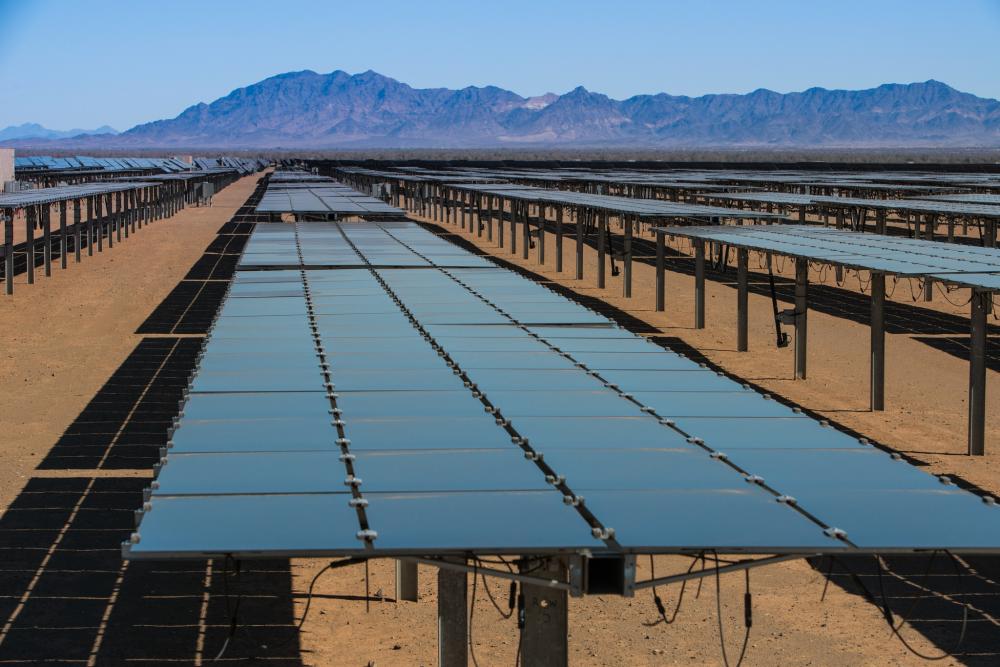
Renewable energy development in the California Desert.
Tom Brewster
What is happening right now?
Currently, the Bureau of Land Management is revising their 2012 Western Solar Plan and proposes to create solar application areas, or areas where solar applications will be accepted for further review, and exclusion areas, or areas that are off-limits for solar projects. This is a vital opportunity for the administration to prioritize and apply a smart from the start approach to renewable energy development on public lands across the West. Renewable energy on public lands can be a win-win-win.
